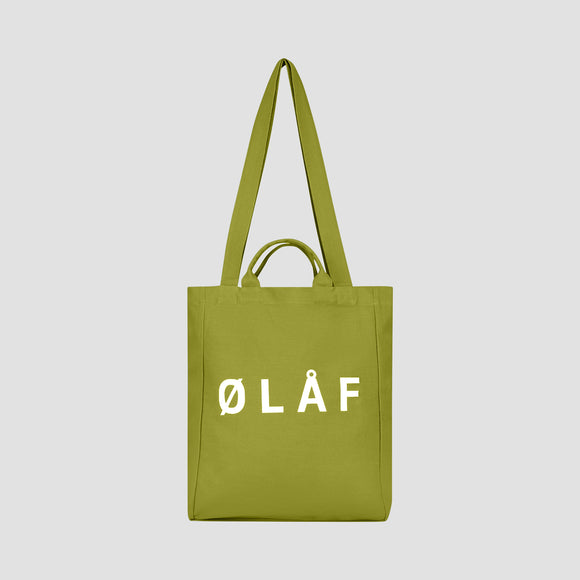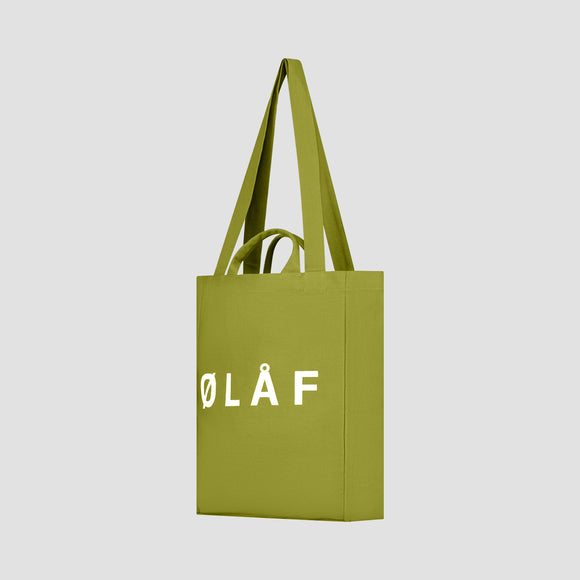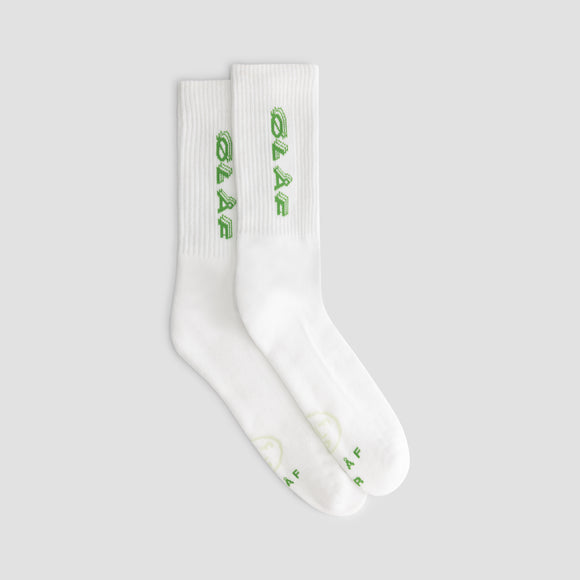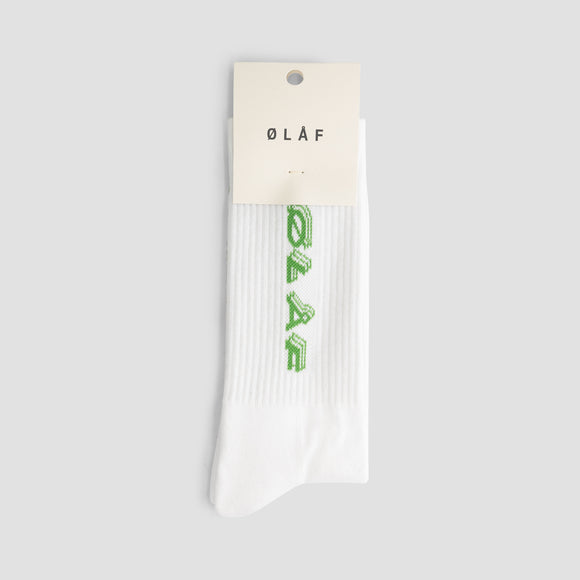You've worked with a lot of brands. Any favorites?
“That’s a tricky one. I don't want to play favorites but if I had to choose...Opening Ceremony was one of my first big fashion clients. Just being a fan of the brand, that was like one that I really wanted to work with. I shot with them for a while, I did some social and editorial stuff. Then, they let me shoot fashion weeks and I worked on a couple of their shows. So, that may be my favorite one because that got me to where I am today."
Was it hard breaking into the industry?
“Oh my god, yes. My friend and I laugh about it now. Photography has changed. It's mind-blowing how different photography and the whole industry is now versus what it was like 6 to 10 years ago. At the time when I was in college, the mindset was that you went to school, you built your book, you took your book and you moved to New York. It wasn't until you worked in New York that you would pop off and actually get to work. But out of college it was like you assisted somebody for years and then at some point you move from being 30th assistant to 1st assistant before having your break or whoever you are assisting being like, ‘I have a job that I don't want to do, you can do it’, and then that's you’re beginning. I didn’t go that route because I was like if this is what it's going to take for me to put food on the table, it’s going to take a while. But I didn't want to move outside of my creativity.
SO I started helping a really close friend of mine who was an upcoming stylist. She occasionally needed help and I feel like that’s what changed it for me because being on set in that capacity is different from being a photographer's assistant. When you assist a photographer, they don't want you to speak to the client. But everybody else has a different relationship, when you're with the stylist and those people for 8 hours on set, you actually get to know people by name. It allowed me to build relationships and be like, ‘oh you know I'm helping the stylist, but I actually shoot.’ Photography assistants can’t do that. They can’t say, ‘yeah check out my work’ because it feels like he's trying to take the photographer’s clients."
What’s your most memorable shoot?
“My second time in Paris was pretty memorable and cool for me because the first time I went to Paris I didn't shoot which I was bummed out about. I always try making an effort when I go somewhere new or somewhere different to actually create work in those spaces. So, I was with Kendall, and we shot in the Tuileries Garden. There was a carnival, and he just grabbed his skateboard, and we were just chilling. It was an evening in June, so the light was amazing, the weather was nice, it was a good time."
When you cast people for a shoot, do you keep diversity and representation in mind?
“Always. That's the first thing. When I was starting out there wasn’t any. Even now, if clients ask for diversity, there aren't a lot of options of people who look like me or people who come from the areas I come from. In general, I'm usually trying to extend opportunities and bring more people in, to experience being on set and working, or being in front of the camera. The cool thing about today is that you don’t have to look like a runway model to book a campaign or to get work."
What would you say makes a great photograph?
“Great’ I feel can be subjective. I think perspective is very important, not so much composition, but I mean like my personal chase. Like what I may think is a great image may not be a great image to you. You may be into colors or compositions or location, but all of that has to do with your perspective and what makes the most sense to you or what you move to personally."
Do you have a favorite photograph?
“Yes. Actually, I do. My favorite photograph of all time – I get so excited thinking about it – is Richard Avedon’s portrait of Kareem Abdul-Jabbar before he was Kareem Abdul-Jabbar. In New York, it's a picture of him on the basketball court. He's tall and lanky. His posture and everything is so elegant and beautiful. It's the freshest thing. I've tried to recreate the essence of it in my own work a couple times."
So, do you prefer to photograph people?
“Professionally, I do shoot a lot of people, like fashion portraiture. But I still have some weird tether to wanting to photograph cityscapes, different vignettes of buildings, or graphics and shapes. I usually try to make them both kind of work together in my work – people, spaces, and architecture."

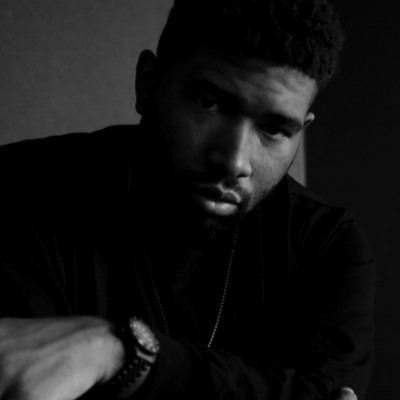

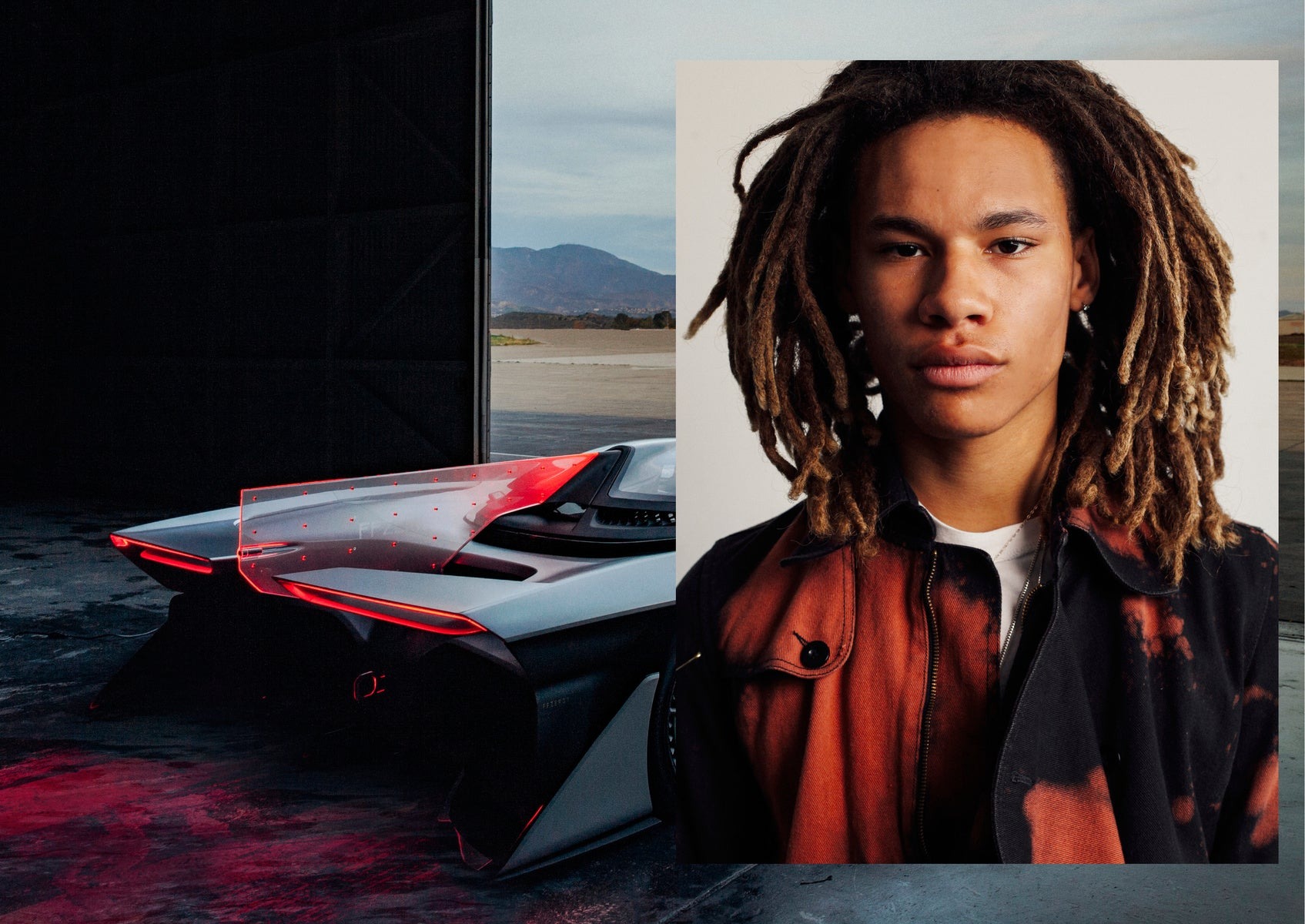
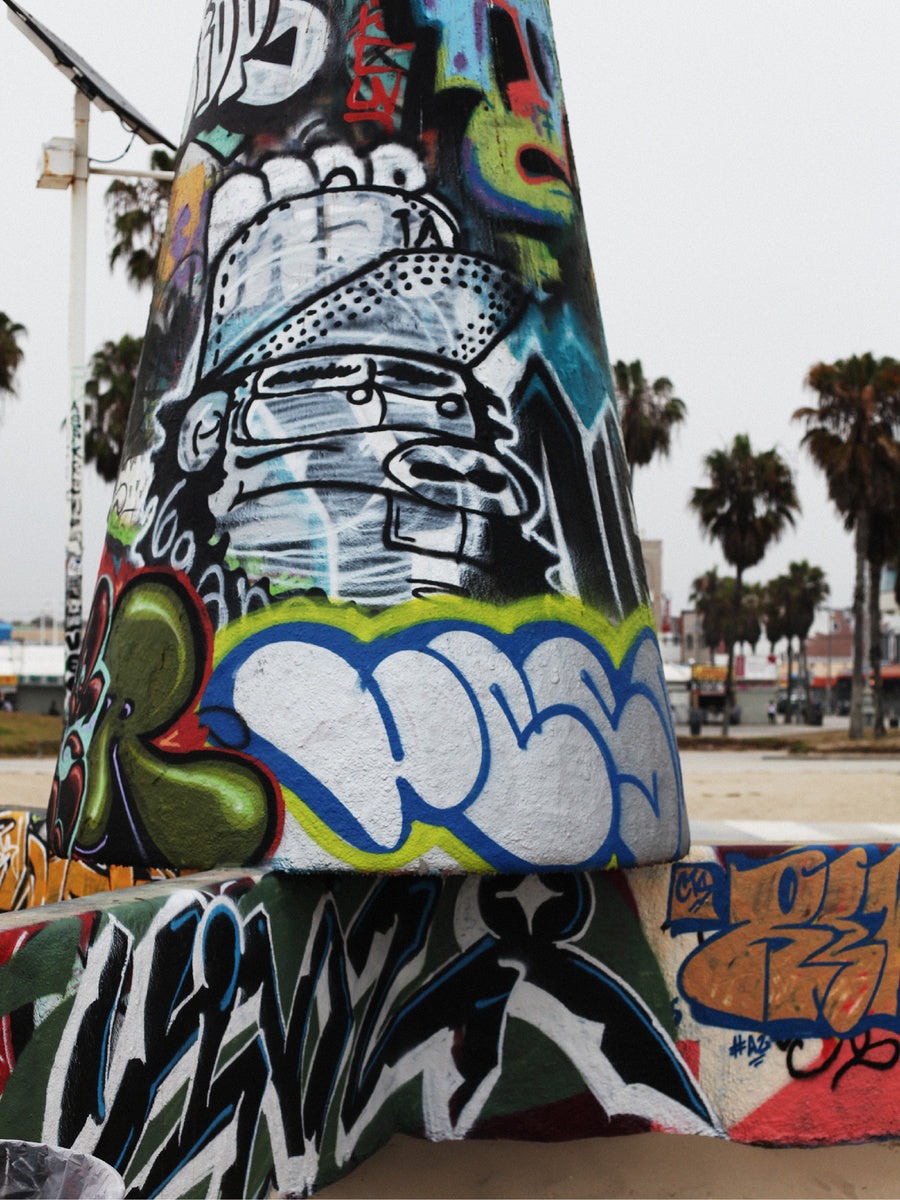

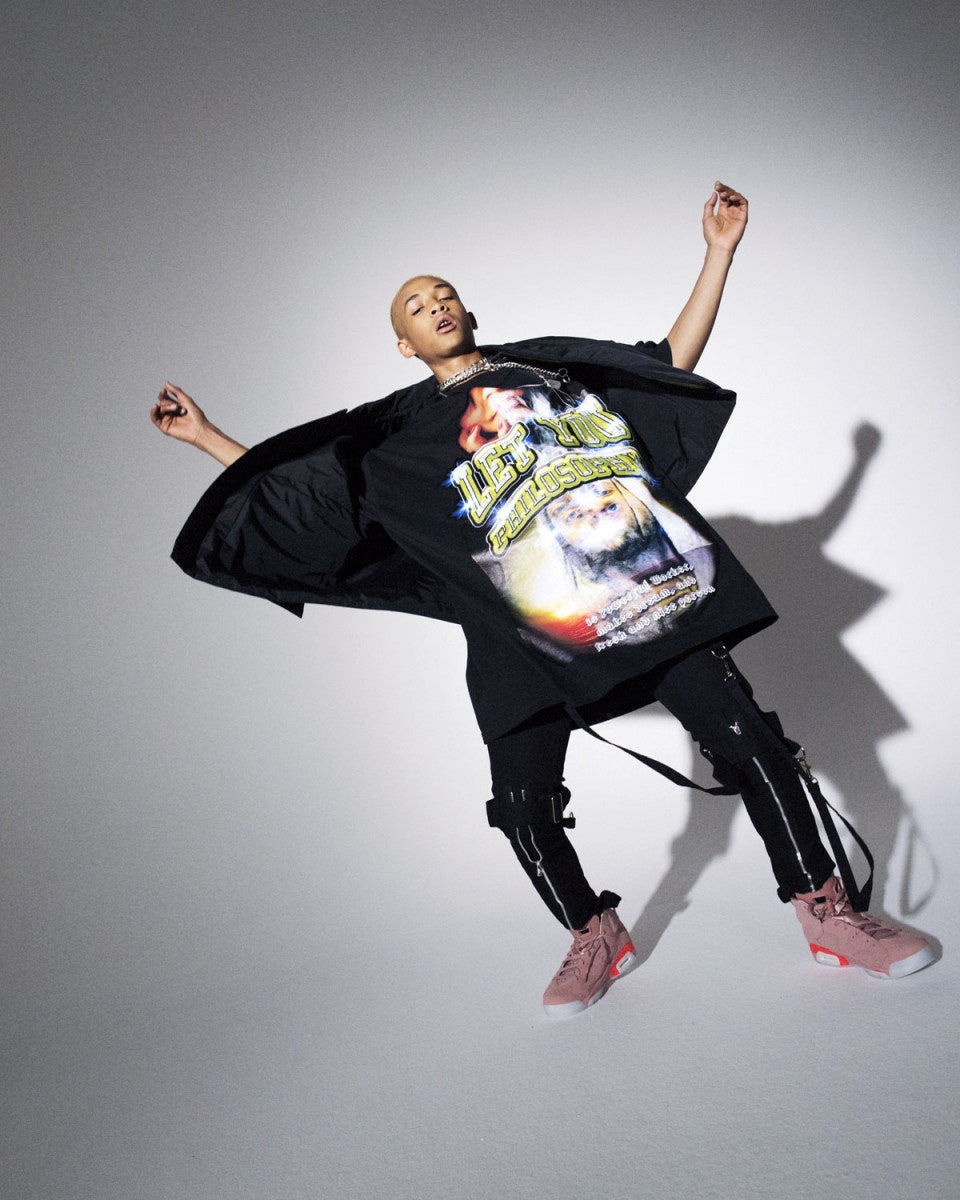
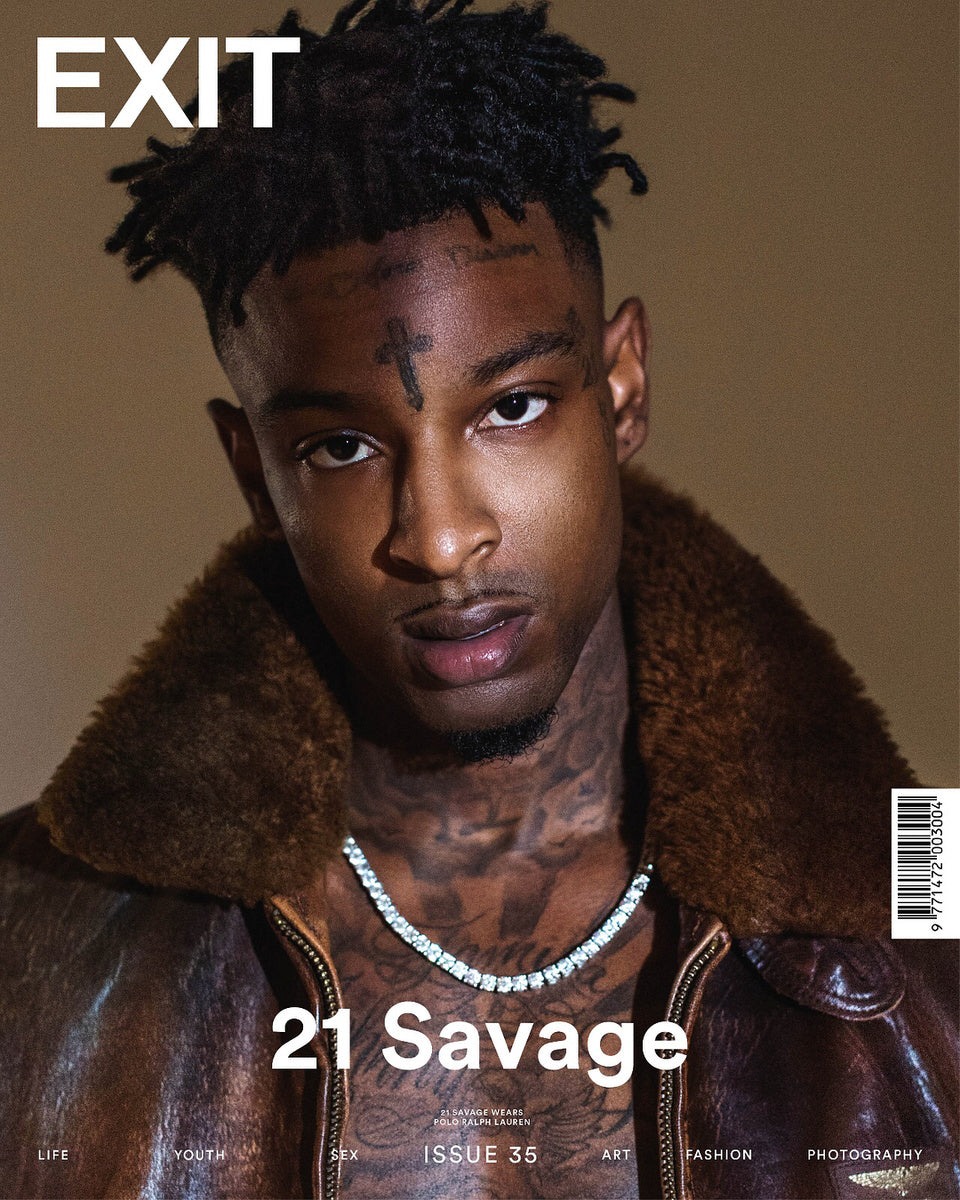
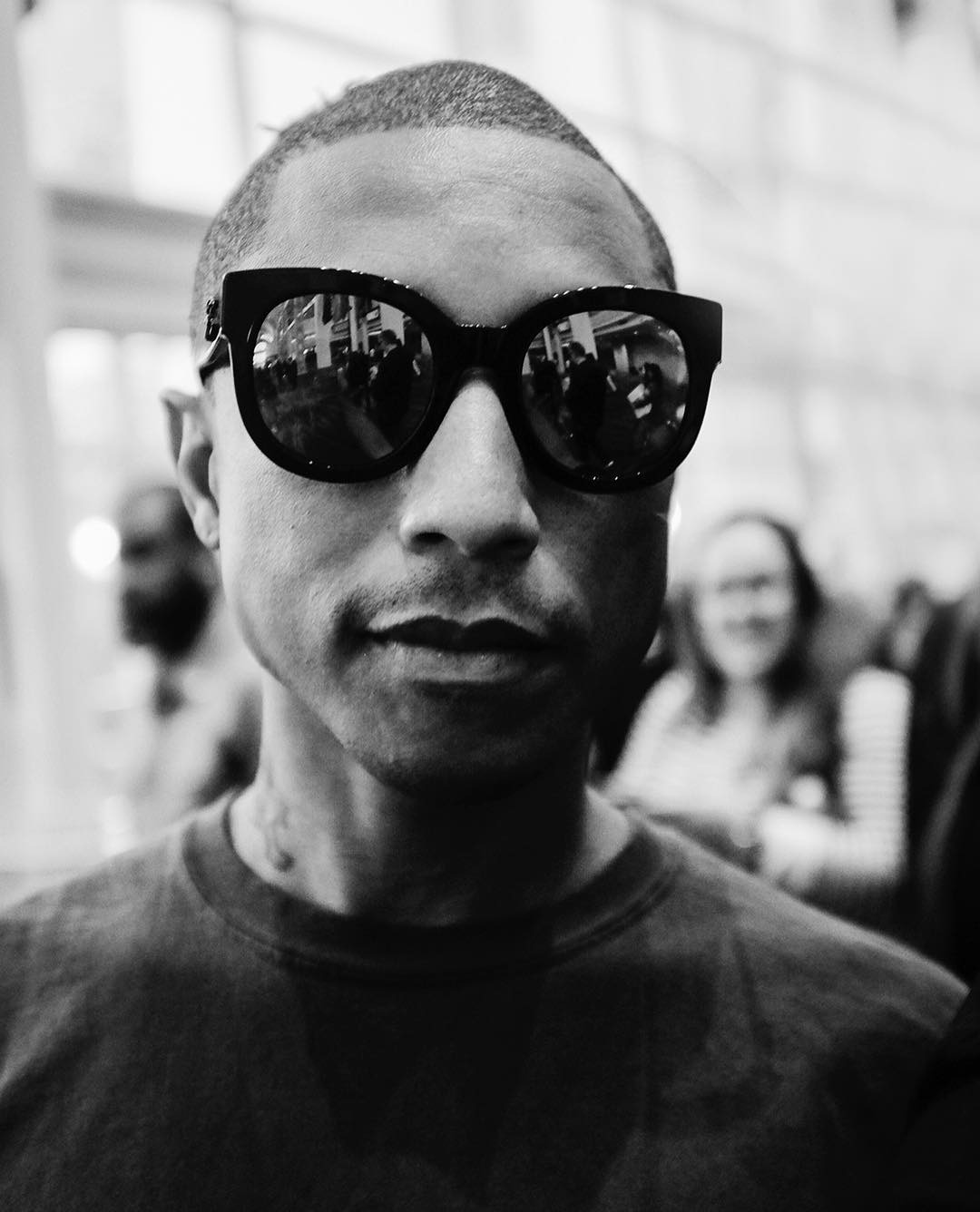
.jpg?v=1680532621575)




